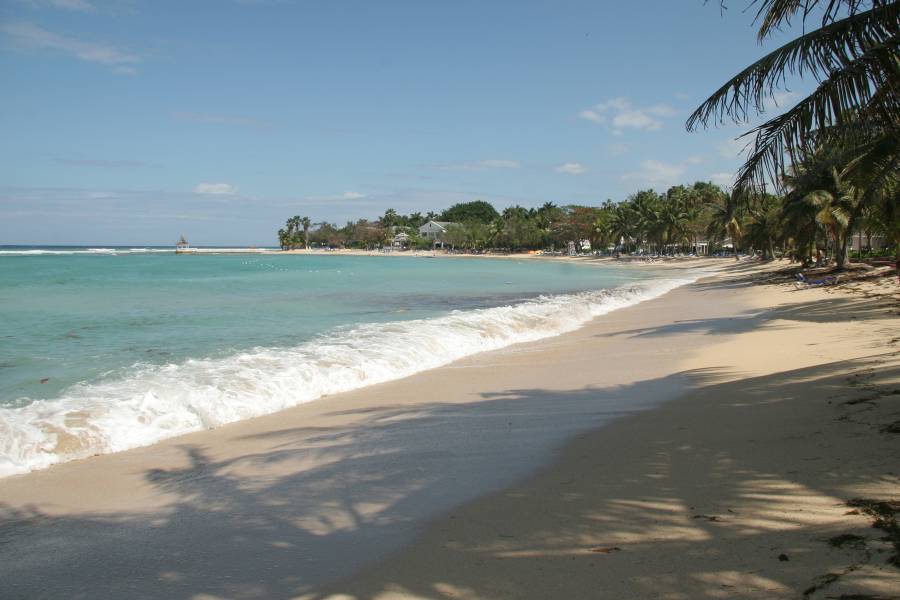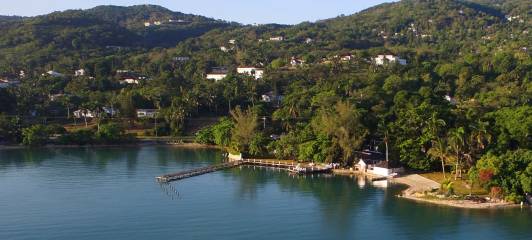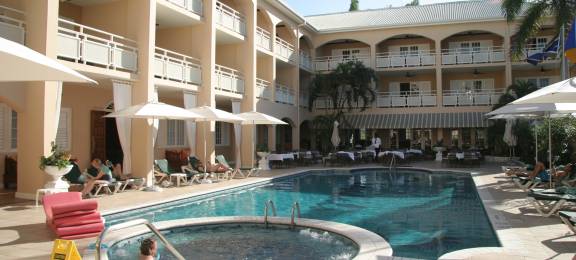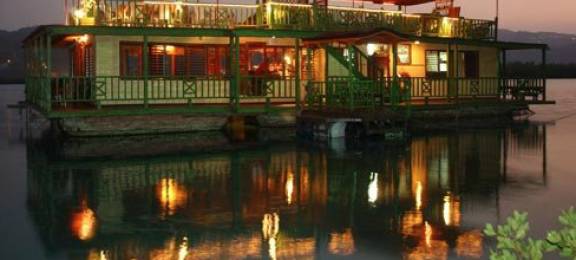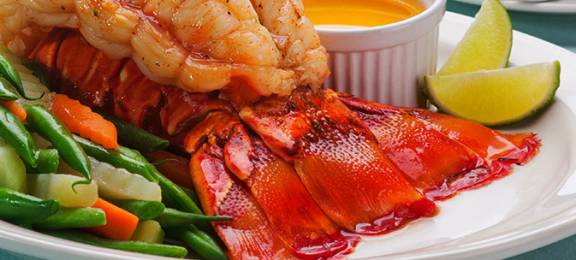Fairfield Theatre (US$10) is the only venue in the Mobay area for small, amateur theatrical productions that strive to uphold professional standards. Performances are generally held on weekends. Fairfield Theatre was originally founded as Montego Bay Little Theatre Movement in 1975 by Paul Methuen and Henry and Greta Fowler. The theatrical company was named after the Little Theatre Movement in Kingston, which was formed by Jamaican cultural icons like Louise Bennett. Call the theater directly for performance schedules.


